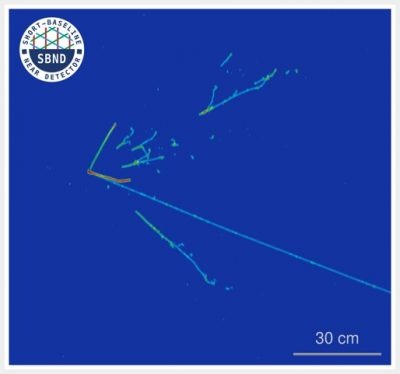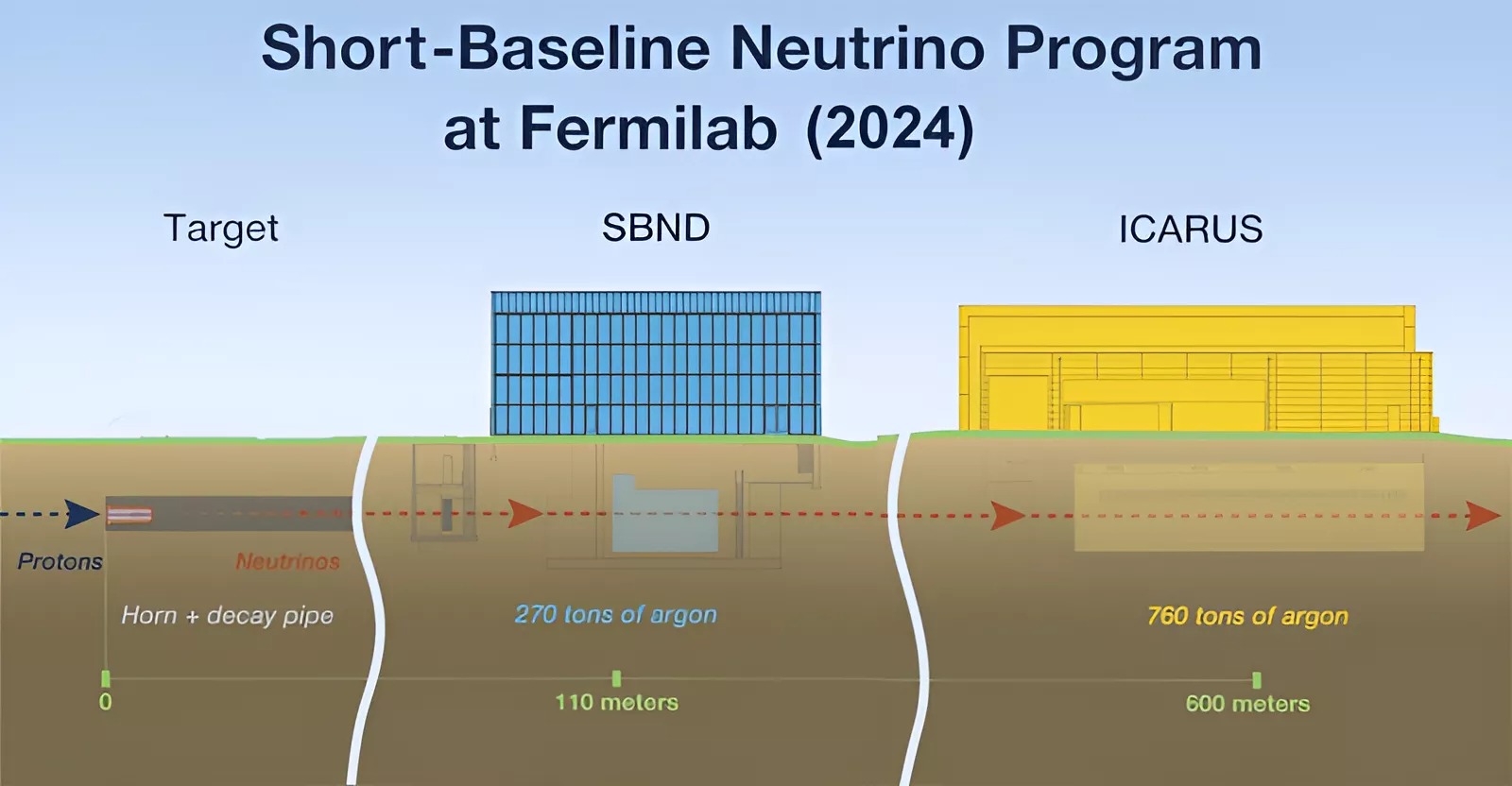Scientists working on the SBND detector at Fermilab have achieved a remarkable scientific milestone – the first time they have recorded neutrino interactions during an experiment. SBND is part of a large-scale Fermi program involving more than 250 scientists from around the world. The detector records about 7,000 neutrino interactions every day – more than any other detector.

Neutrinos are the most common particles in the Universe. Every second, about 100 trillion neutrinos pass through the human body without causing any harm. That’s because neutrinos have almost no interaction with matter. Due to their weak interaction, they are called “ghost particles”. The most interesting thing is that despite their large numbers, they are extremely difficult to detect.
Three “flavors” of neutrinos are known to exist: muon, electron, and tau neutrinos. They are able to change their “flavor” during their travels. The main goal of SBND is to investigate these “flavors” and find evidence for the existence of a new “sterile” neutrino, which could open the way to new physics.

A team from the University of Sheffield, led by Professor Vitaly Kudryavtsev, is playing an important role in this project, developing tools to analyze neutrino signals. Prof. Kudryavtsev noted that the difference in the number of neutrinos between SBND and another detector, ICARUS, may indicate the discovery of new particles or phenomena.
SBND will also provide important data for the DUNE project, another major neutrino experiment. These elusive elementary particles may help solve one of cosmology’s biggest mysteries – the nature of dark matter. Despite long searches, massive dark matter particles have never been found, but there are theories that neutrino-like particles may be part of this mysterious matter.

SBND experiments can confirm these models. SBND co-coordinator Andrzej Szelc points out that this opens new perspectives in the study of the dark sector.
In addition, the ARCA underwater observatory, located at a depth of 3,500 meters in the Mediterranean Sea, may have detected ultra-high energy neutrinos from space.
We previously reported on how low-frequency gravitational waves are beyond scientific explanation.
According to techspot.com


